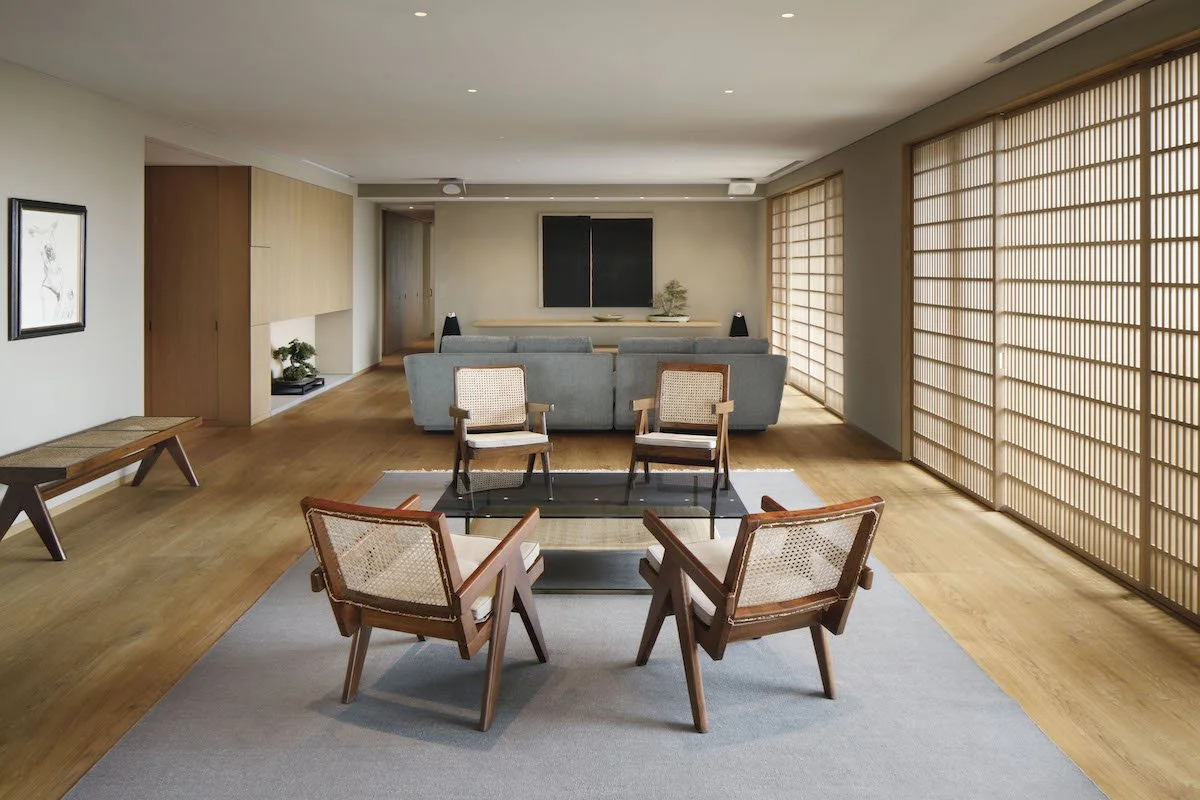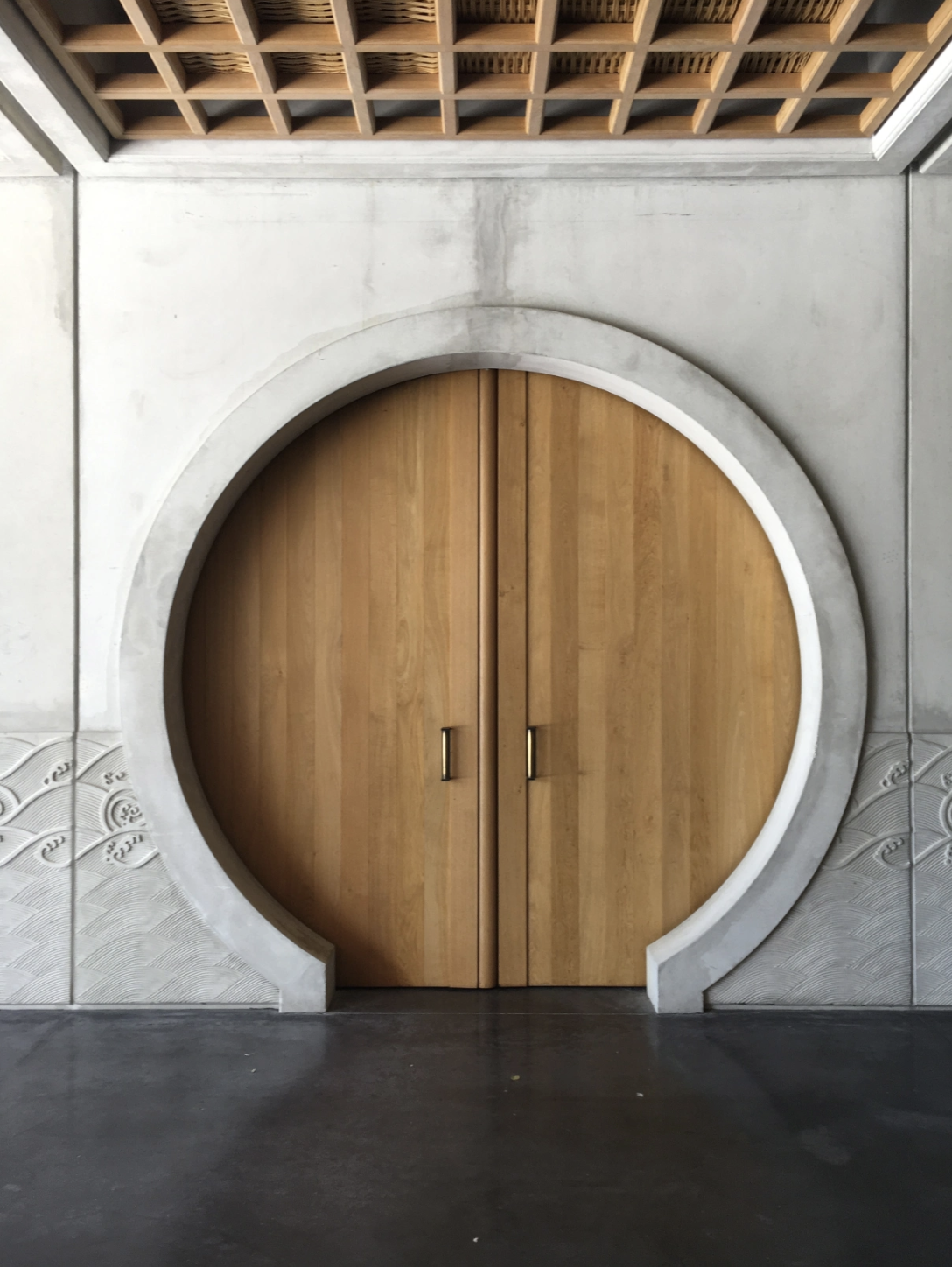Eastern Influence: Bringing Asian Architectural Principles into Modern Interiors
The beauty of Asian architecture lies in its timeless ability to balance nature, simplicity, and functionality. Rooted in traditions that prioritize harmony and serenity, Asian design principles offer a refreshing approach to modern interiors, blending practicality with artistic expression.
I’m deeply inspired by these traditions, incorporating elements from Japanese and Chinese architecture into contemporary spaces. Let’s explore how these principles can transform your home into a haven of elegance and tranquility.
Mindful Placement and Flow
Asian design often reflects the principles of feng shui or the Japanese philosophy of ma, which focuses on intentional spacing and the flow of energy. This can be as simple as arranging furniture in a way that encourages natural pathways or avoiding cluttered layouts that block movement. Negative space is embraced as an essential design element, creating a sense of openness and breathability within a room.
A Harmony Between Indoors and Outdoors
One of the most defining features of Asian architecture is the seamless integration of indoor and outdoor spaces. This connection fosters a sense of calm and creates harmony with nature. Large windows or sliding doors can bring natural light into your home, framing beautiful views of the outdoors. To further blur the boundaries, consider incorporating indoor plants or even creating a Zen-inspired corner with greenery and natural materials. Reclaimed wood, stone, and bamboo are excellent choices for furniture and flooring, offering organic textures that evoke the feeling of being grounded in nature. A living room, for example, can feel utterly transformed with a simple shoji-style sliding door opening to a minimalist patio surrounded by greenery, blending Japanese aesthetics with contemporary living.
Image: JC Architecture
Minimalism That Holds Meaning
Asian interiors embrace a sense of simplicity that is deeply intentional. Far from feeling empty, this form of minimalism emphasizes quality over quantity, with every piece serving a purpose. Low-profile furniture, such as platform beds or tatami-inspired seating, introduces clean, simple lines that create visual balance. Clutter is kept to a minimum, with a focus on showcasing functional yet beautiful objects. Neutral color palettes in earthy tones like beige, taupe, and soft browns create a calming backdrop, allowing key design elements to stand out. This philosophy invites homeowners to think carefully about each piece—whether it’s a handcrafted vase or a vintage teak bench—and to ensure that every item tells a meaningful story.
Image: Case-Real - Koichi Futatsumata
Meaningful Decorative Elements
A hallmark of Asian-inspired interiors is the use of decorative elements that tell a story or reflect cultural craftsmanship. Hand-painted screens, calligraphy art, and ceramic pottery are beautiful ways to incorporate these traditions into a modern space. Woven textiles like Japanese indigo-dyed fabrics or Chinese silk can add texture and warmth, while antique collectibles such as carved wooden stools or lanterns bring a sense of history. By weaving these meaningful pieces into the design, your space becomes not only visually stunning but also deeply personal.
The Subtle Art of Light and Shadow
The Japanese concept of wabi-sabi celebrates imperfection, and this is beautifully reflected in how light and shadow interact within a space. Incorporating layered lighting, such as soft ambient lights paired with focused task lights, can add dimension and depth to a room. For a more natural glow, use materials like paper or linen for lampshades, which diffuse light gently. Architectural details like latticed wooden screens are another thoughtful way to create dynamic shadow patterns that shift throughout the day, adding quiet drama to the space.
Image: Evan Brinks
Timeless Architectural Features
Traditional Asian homes are celebrated for their signature architectural details, such as curved roofs, wooden beams, and open layouts that maximize airflow. These elements can be reimagined for modern interiors by introducing features like exposed wooden beams in ceilings or curved doorways that subtly echo ancient Chinese designs. Open-plan spaces inspired by these principles allow for better movement and foster a sense of spaciousness. Even small touches, such as a low bench by the window or a circular archway between rooms, can bring the timeless charm of traditional Asian architecture into a contemporary home.
Image: Château Marquis d’Alesme
Bringing It All Together
The true beauty of integrating Asian architectural principles into modern interiors lies in their ability to ground your space in purpose and intention. By blending natural materials, thoughtful design, and cultural touches, you can create a home that feels timeless, serene, and undeniably personal.
—
I believe in designs that tell stories, honor craftsmanship, and foster a deep connection to the spaces we call home. Whether you’re looking to incorporate subtle Eastern influences or fully transform your home with these principles, let’s collaborate to bring your vision to life.
Reach out today to explore how we can bring balance and beauty to your home.




